Visitors move with purpose, stop, look around, collect, move again, experience, think, stop, focus, examine, move, stop and become entranced by a moment of wonder. They take this with them back into the world.
Connecting to the plant world through research and poetic encounter
This intensely multidisciplinary project was a collaboration between TERROIR, Aspect, CF Møller, Janet Laurence, Thylacine, Arup and Steensen Varming. Asked to design a National Conservatory for the Australian National Botanic Gardens for a meagre budget, with a small footprint and yet featuring Australia’s tropical plants to be exhibited in our coldest capital city, we took a radical approach.
The ambitions of the brief suggested a large-scale and immersive botanical experience while the realities of the site and height restrictions necessitated a more strategic approach. We suggested the conservatory itself be dematerialised and replaced with an immersive experience not only of plants but their artistic interpretation. Inspired by a re-reading of the old methods of botanical exploration and codification, visitors would engage the project first via their senses and powers of observation. These moments are captured with their cameras, their notebooks, their smartphones. These methods are augmented by display methods, tools and narratives which widen and deepen the field of exploration. Senses are heightened by the juxtaposition of plants and art. This leads them to moments of discovery and revelation which delight and amaze.
Visitors move with purpose, stop, look around, collect, move again, experience, think, stop, focus, examine, move, stop and become entranced by a moment of wonder. They take this with them back into the world.
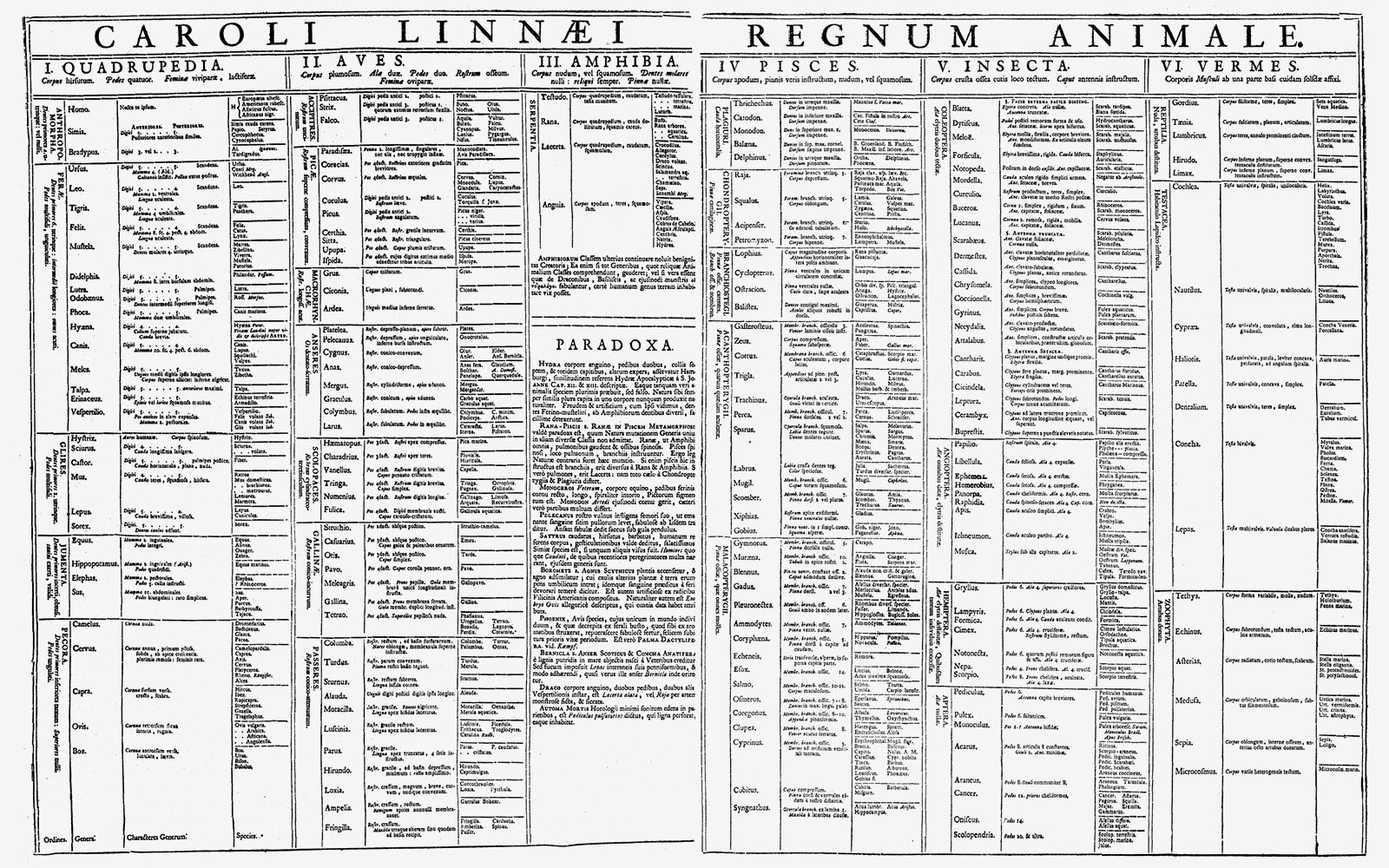
Linnaean classification system
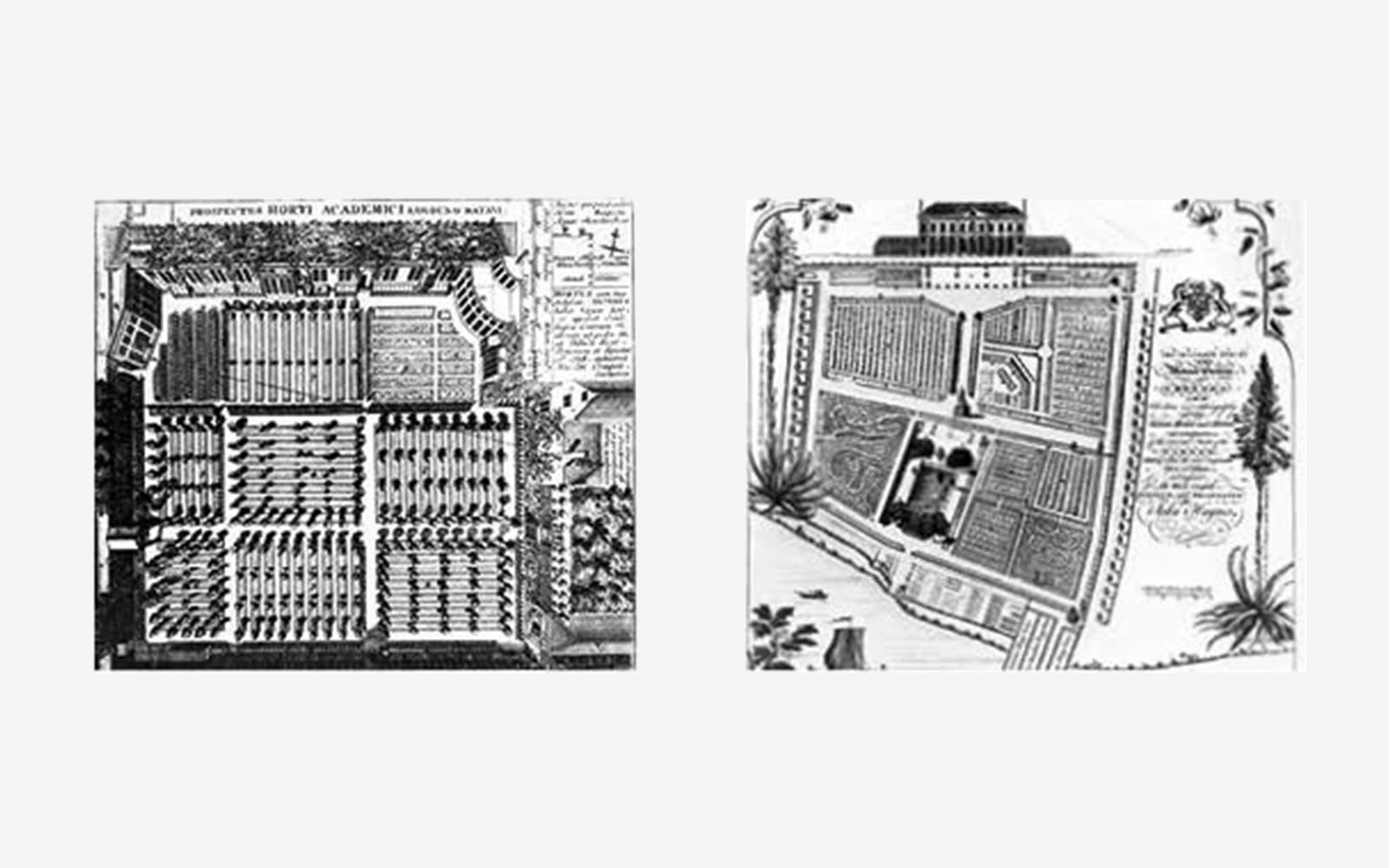
Spatial consequences of Linnaen classification
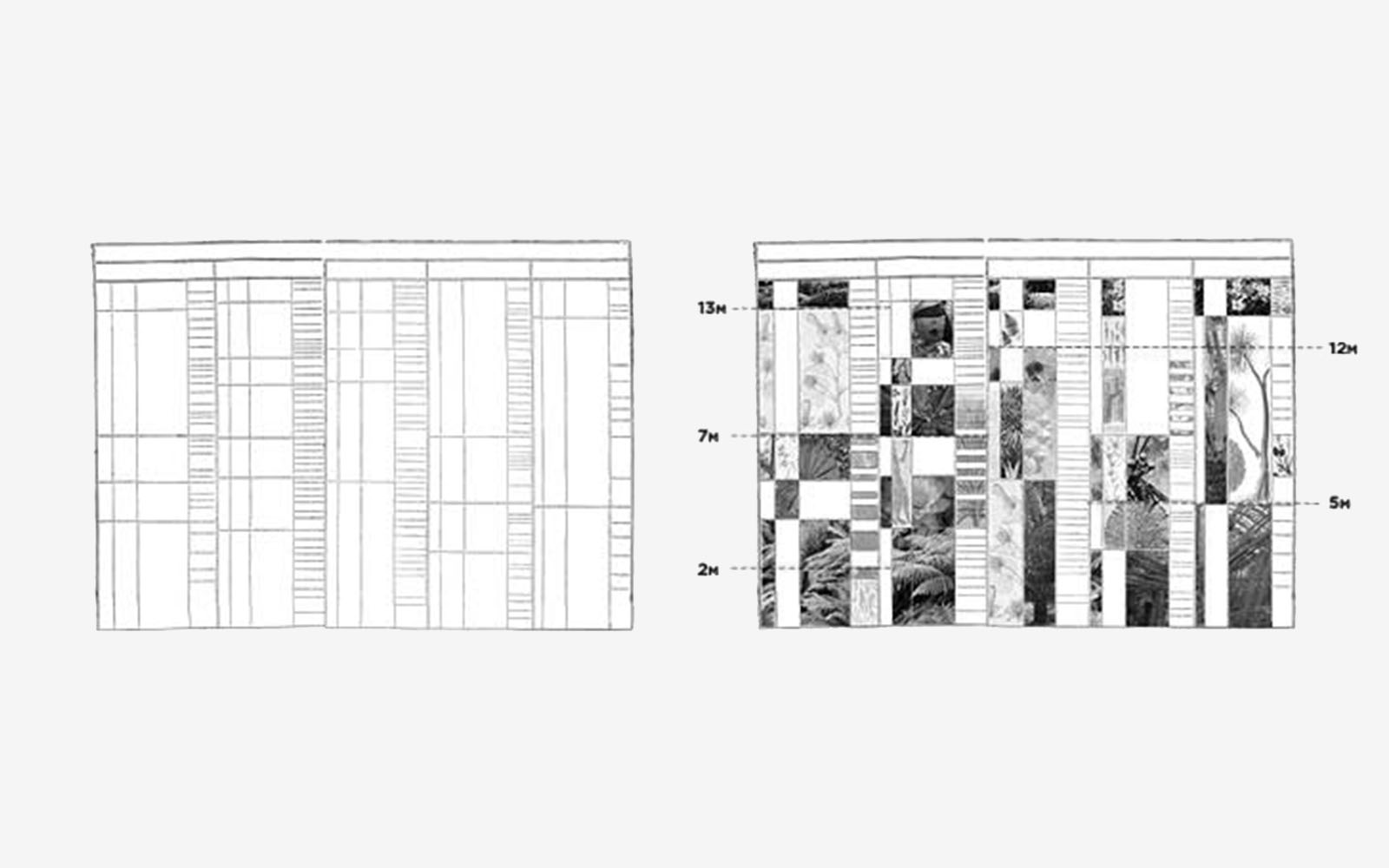
Alternate classifications
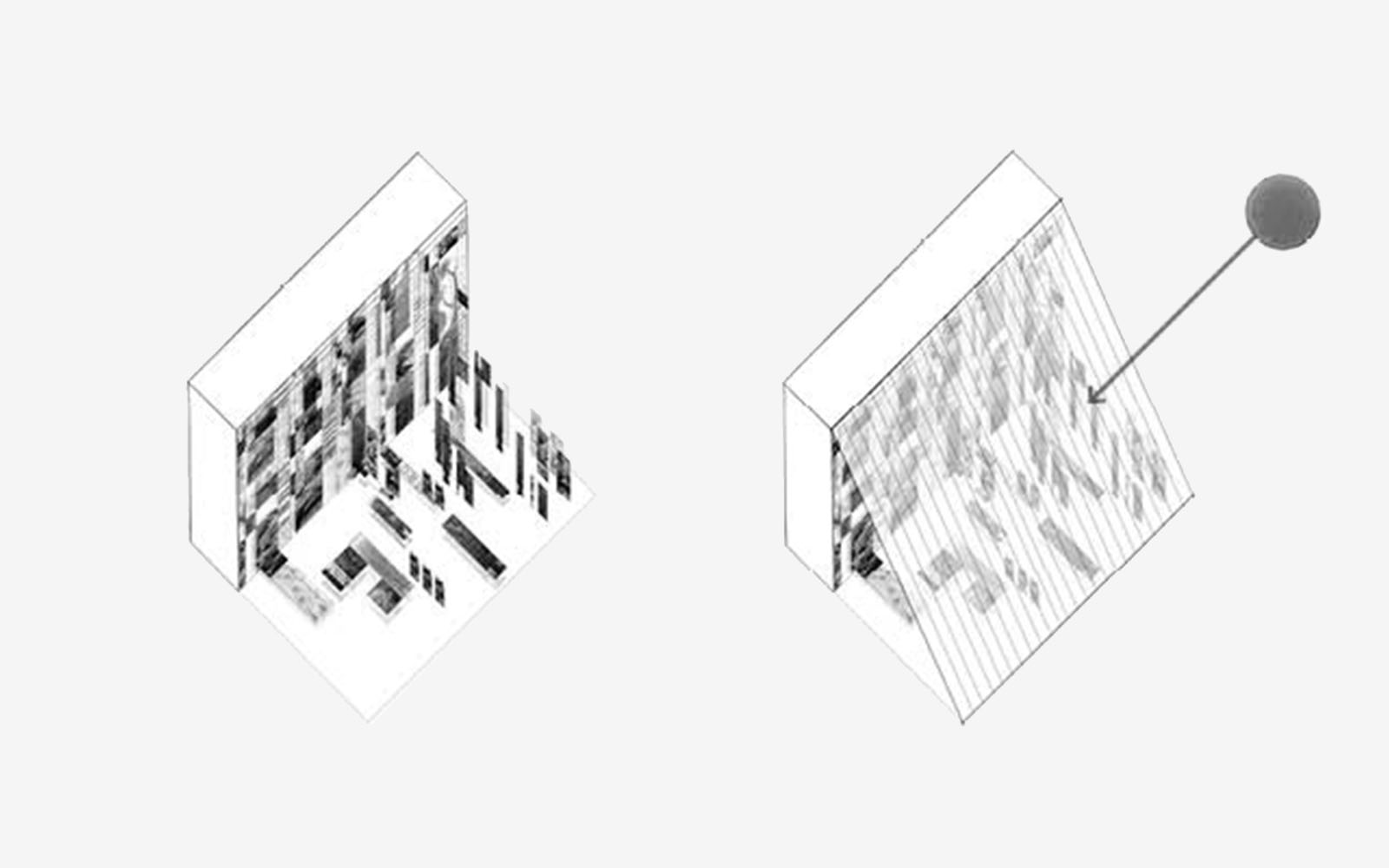
Alternate spatial consequences
Eschewing traditional ideas of the conservatory, we suggested a redefinition of the curatorial and experiential norms of the conservatory type. Neither building, artwork, nor enviromental machine, yet also all three, the project suggested the dematerialisation of the conservatory and its replacement with an immersive experience not only of plants but their artistic interpretation. Scale and power were deployed in an intimate setting if the size and presentation of objects expands an internal, imaginary space. Opacity, transparency and the construction of atmospheres can create small powerful spaces.
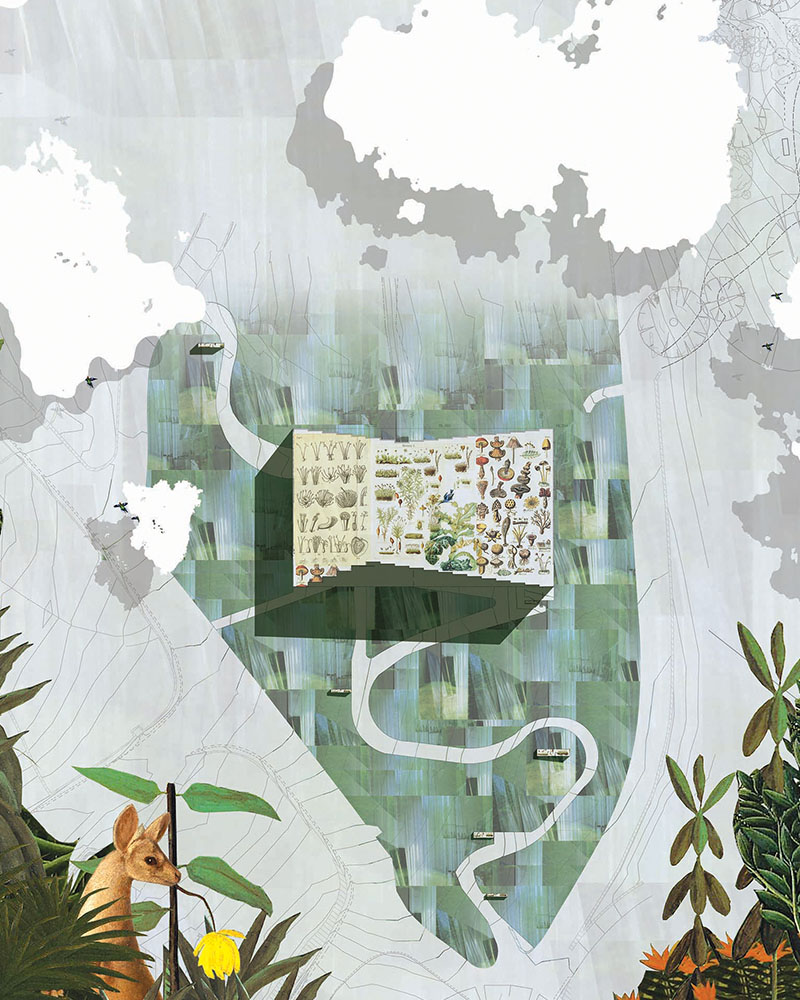
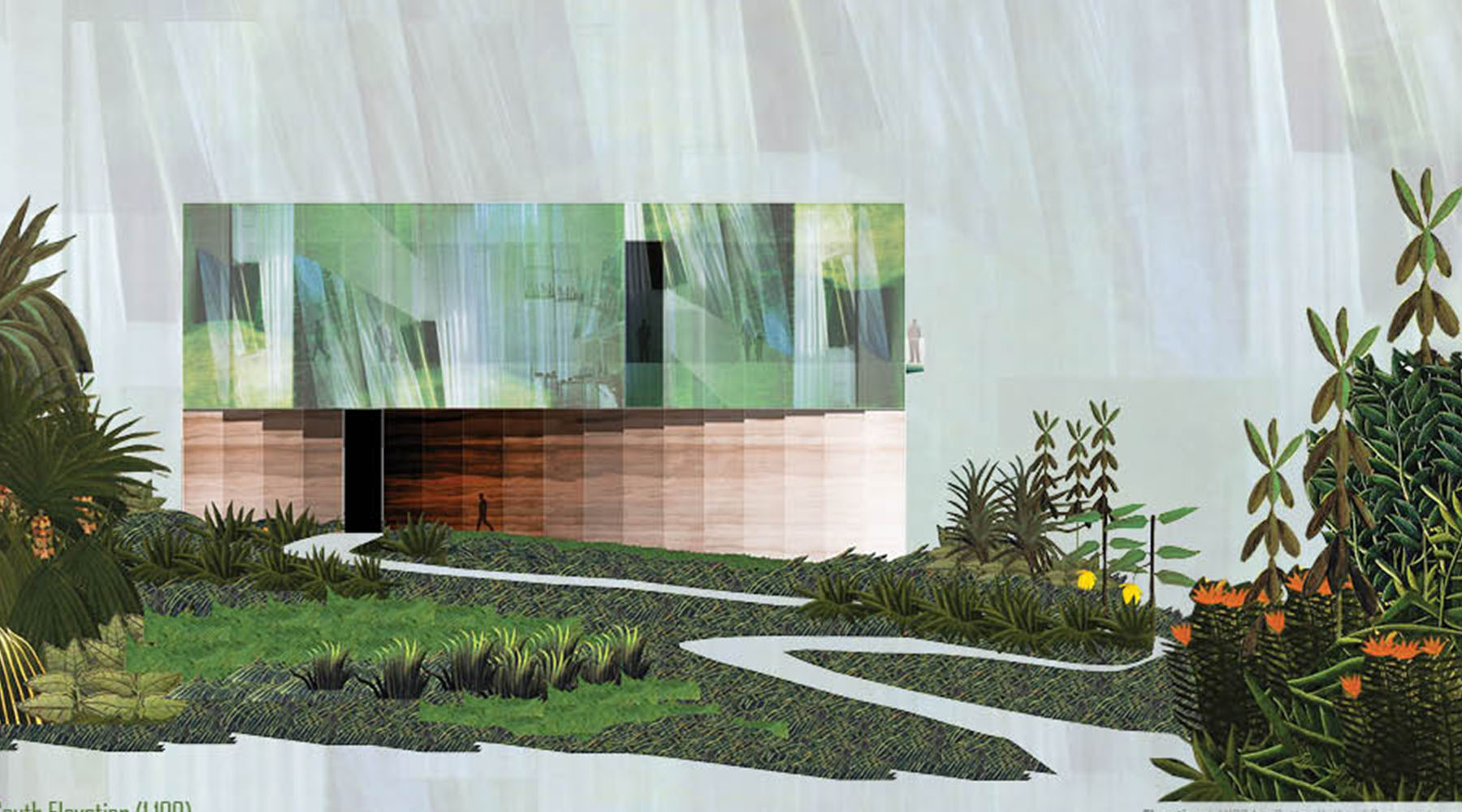
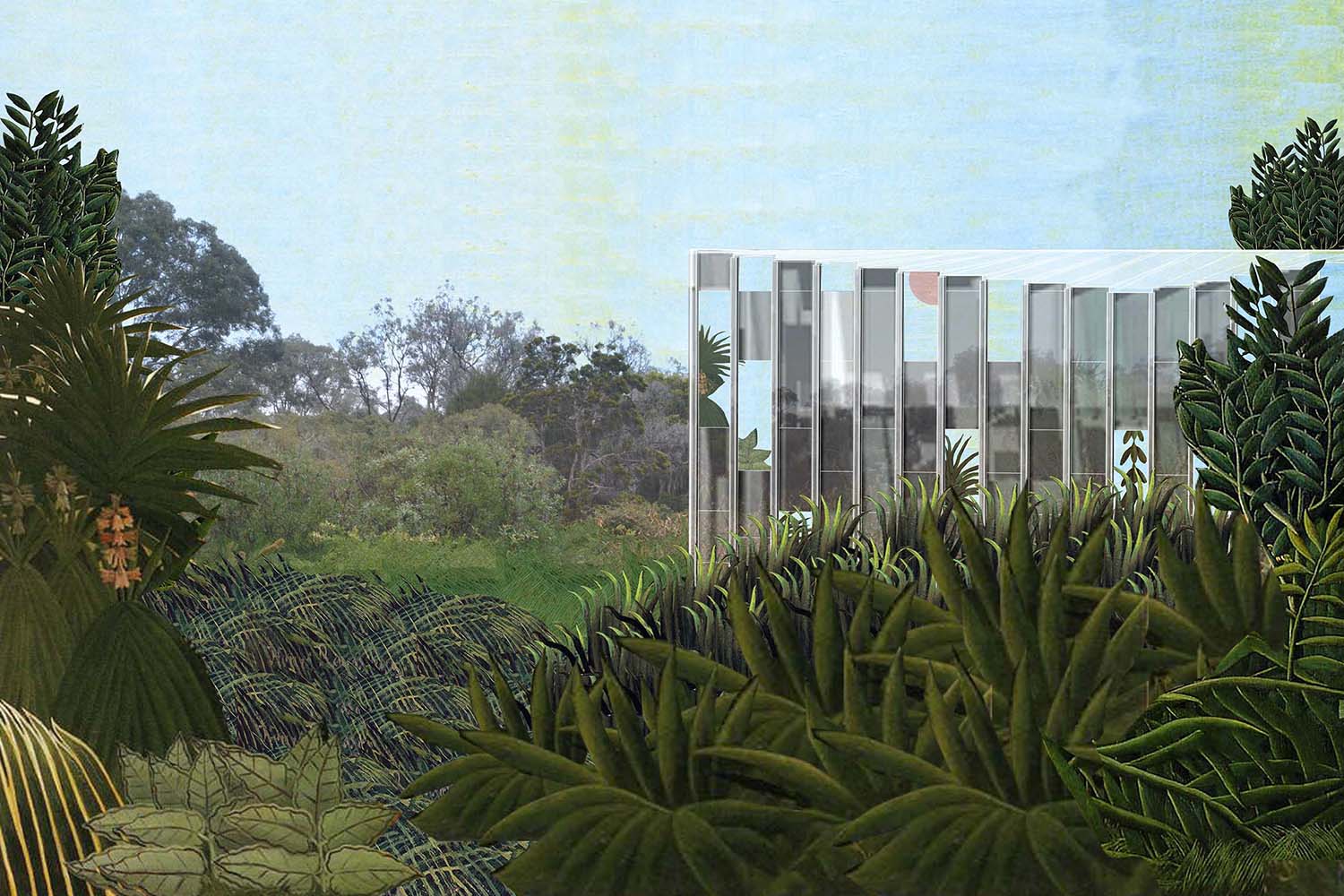
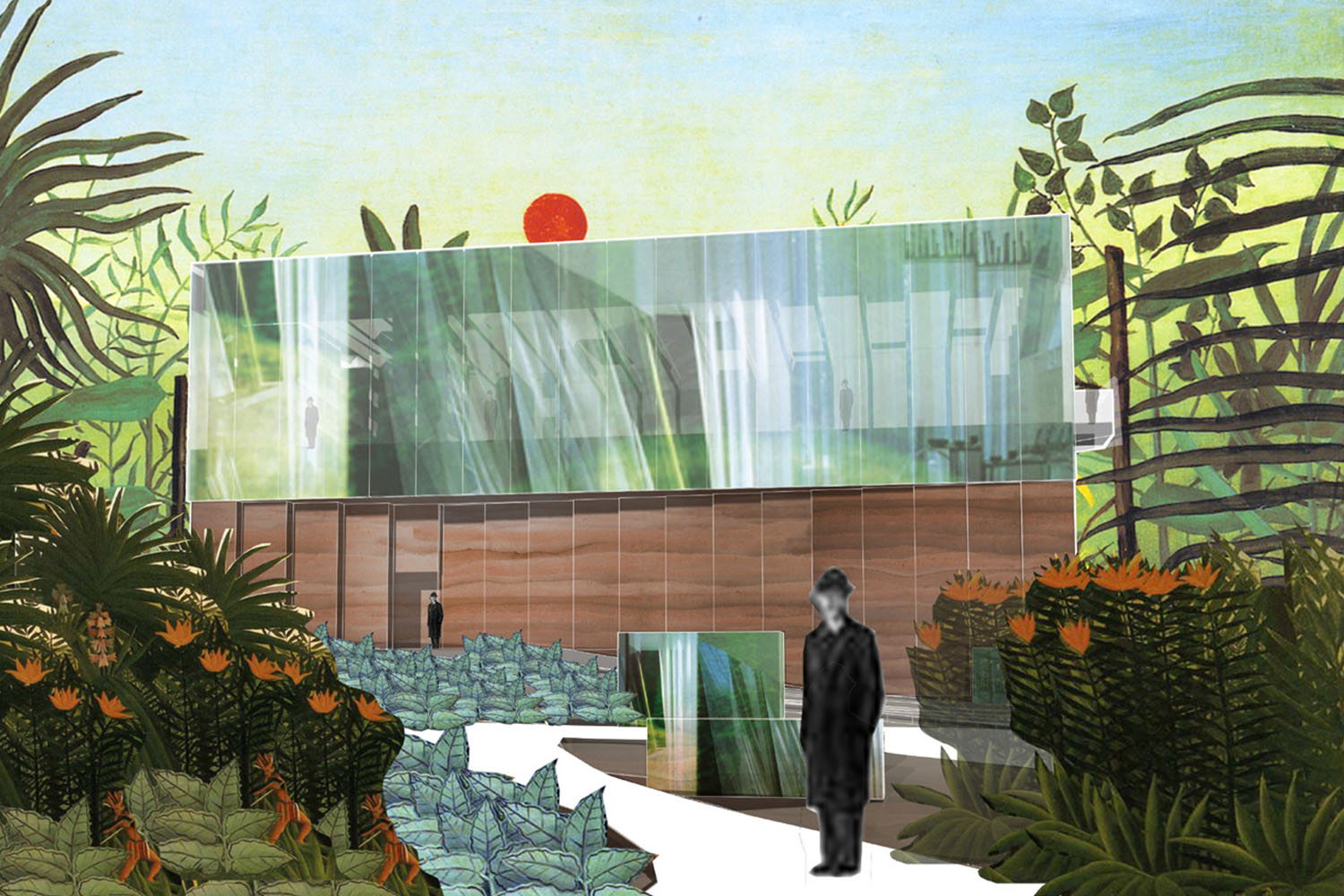
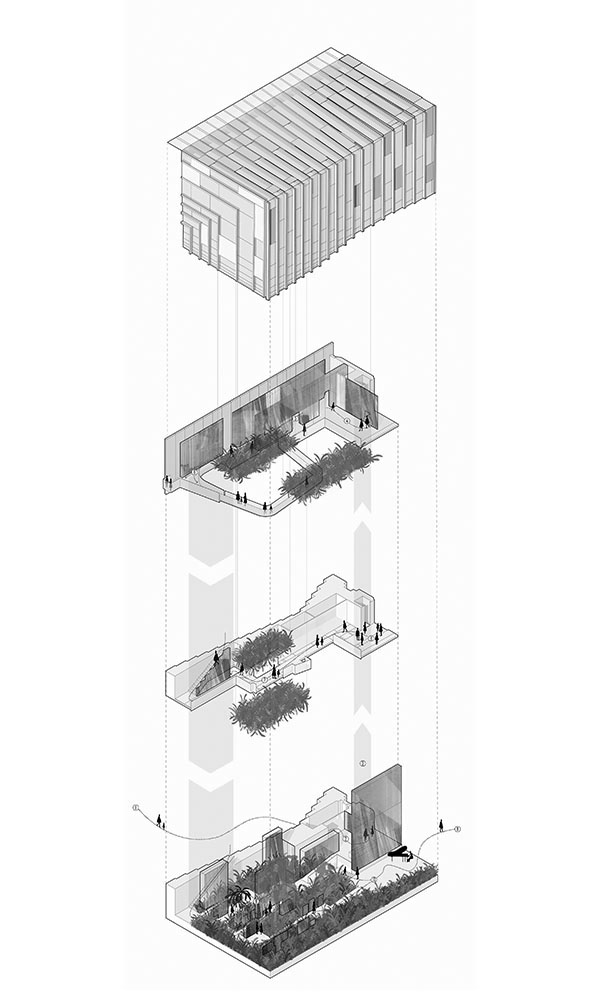
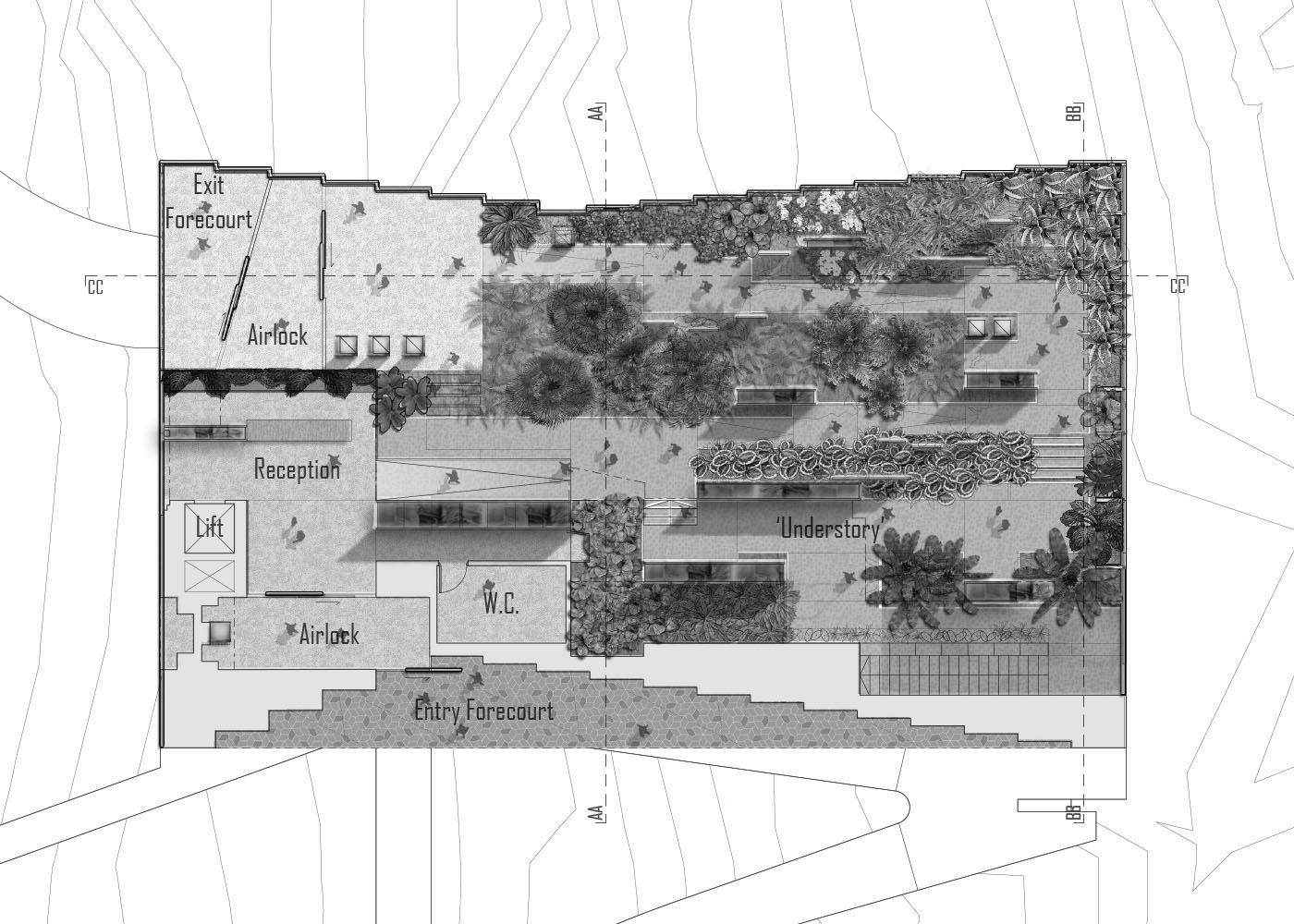

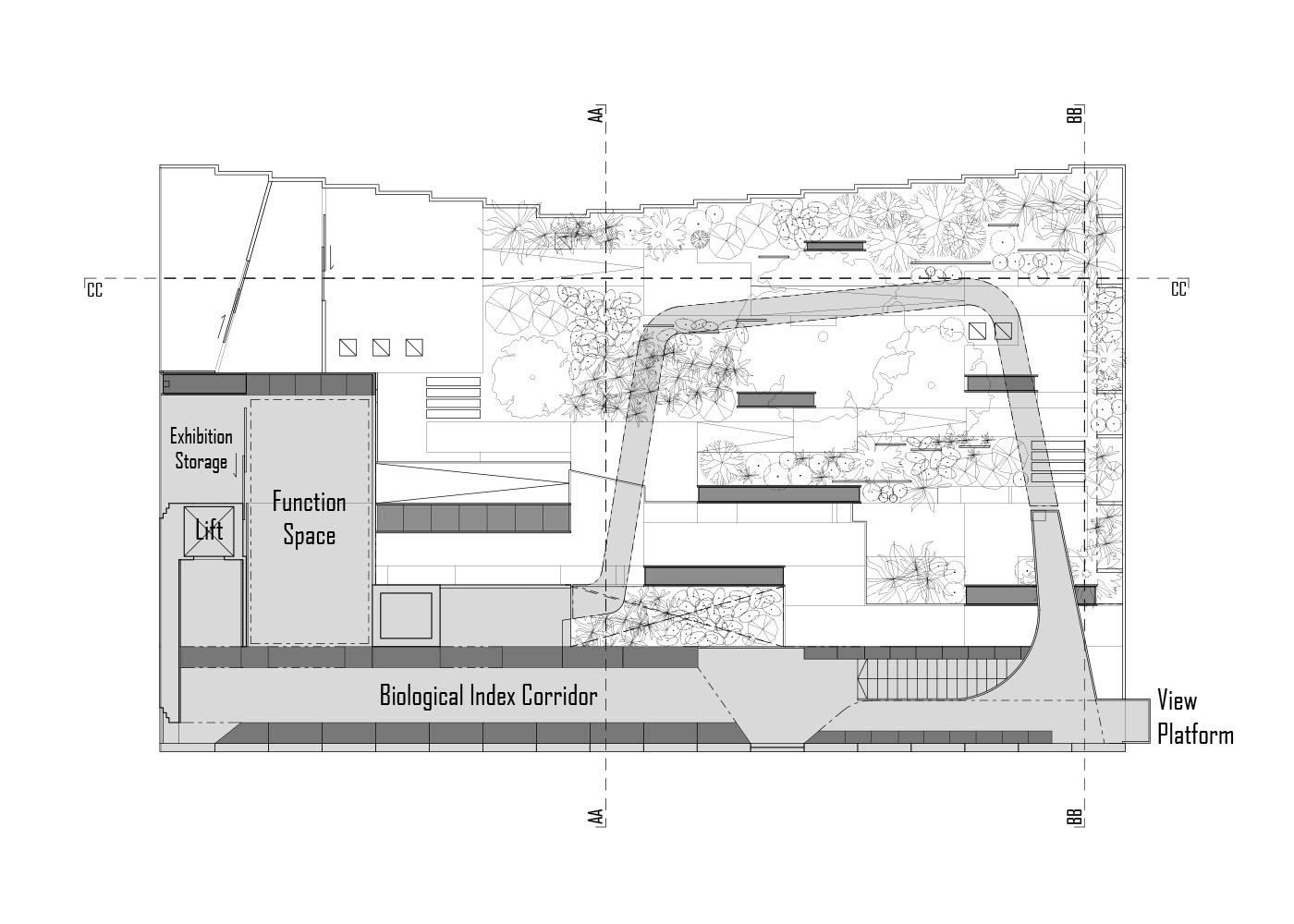
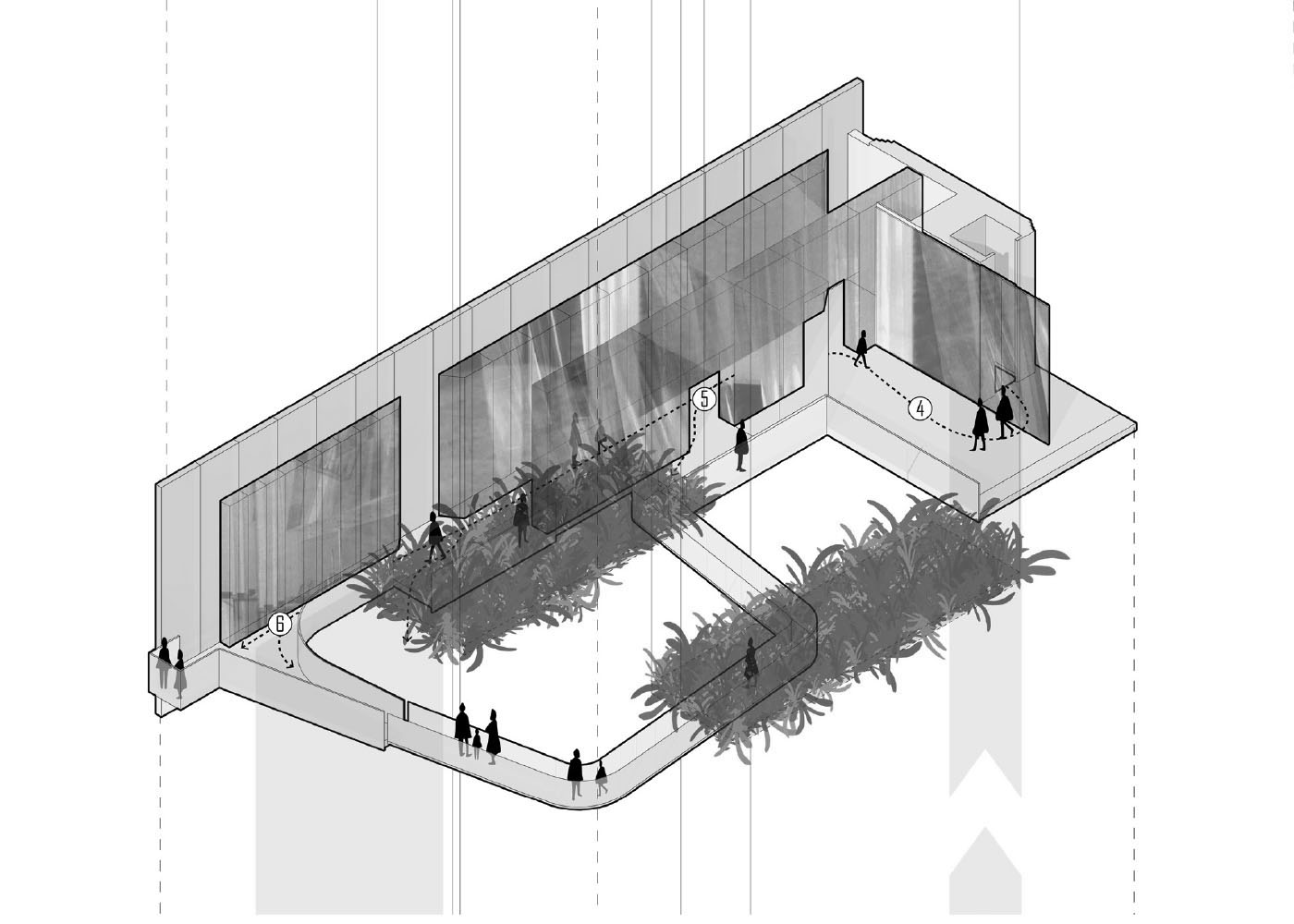
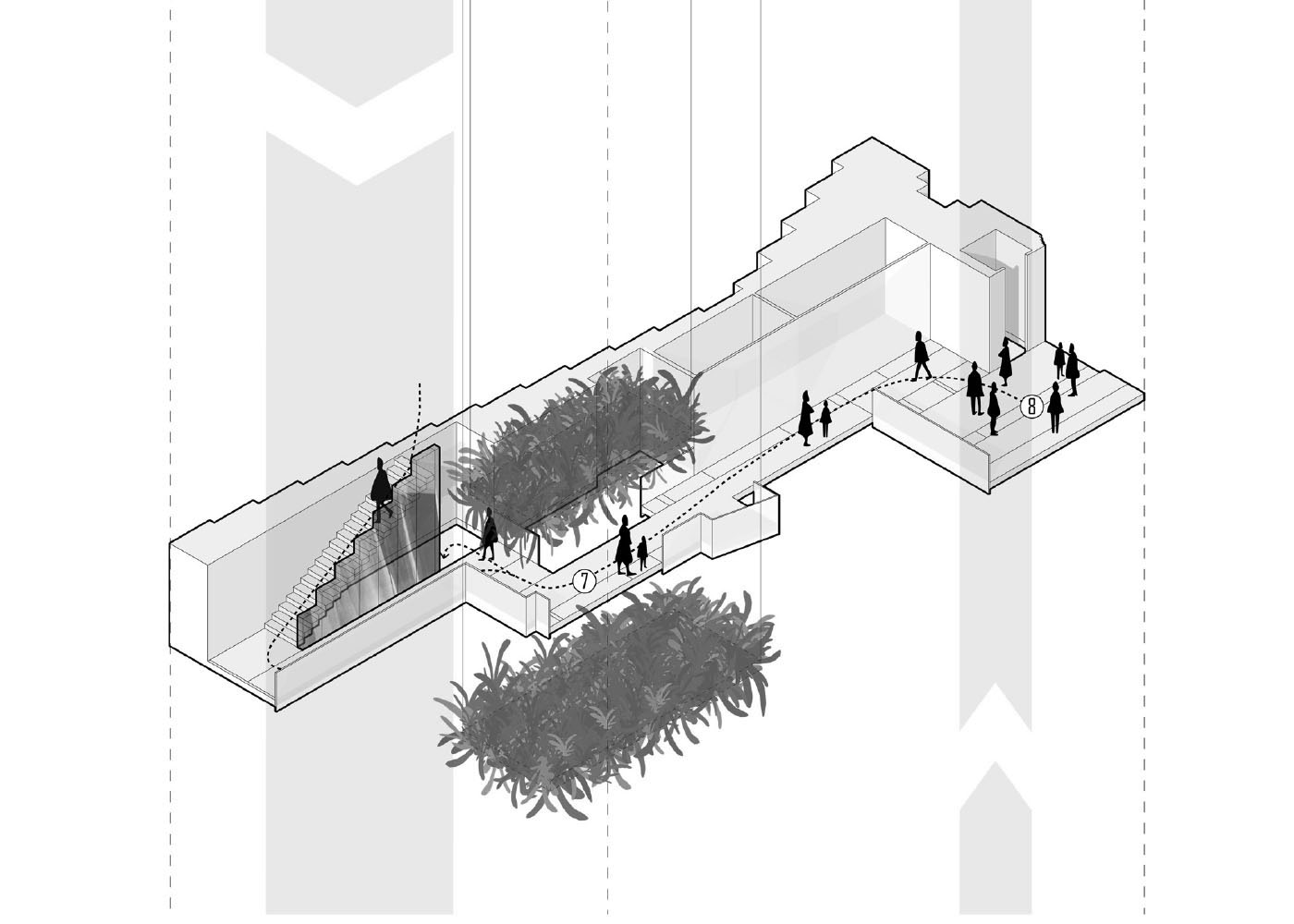
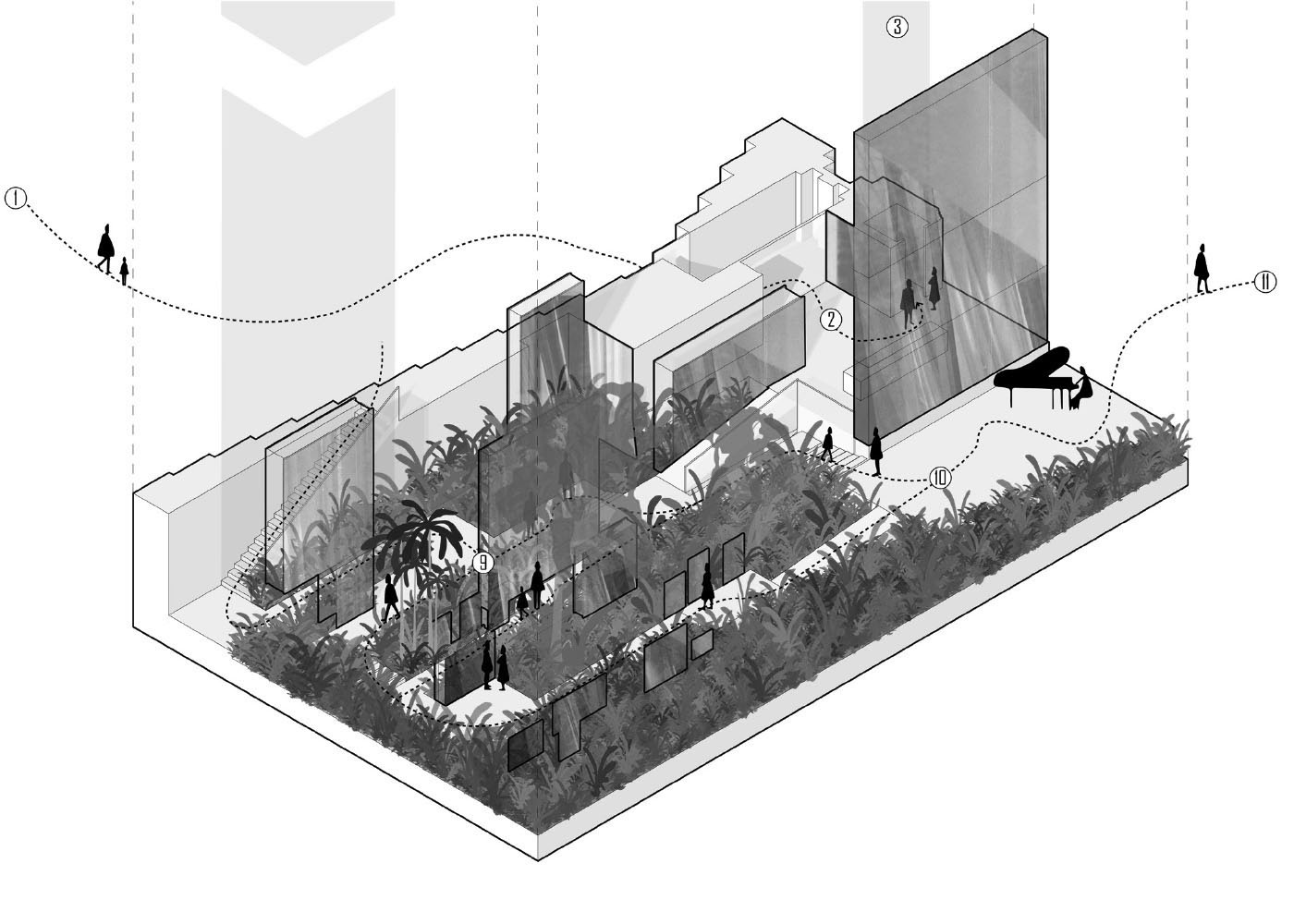
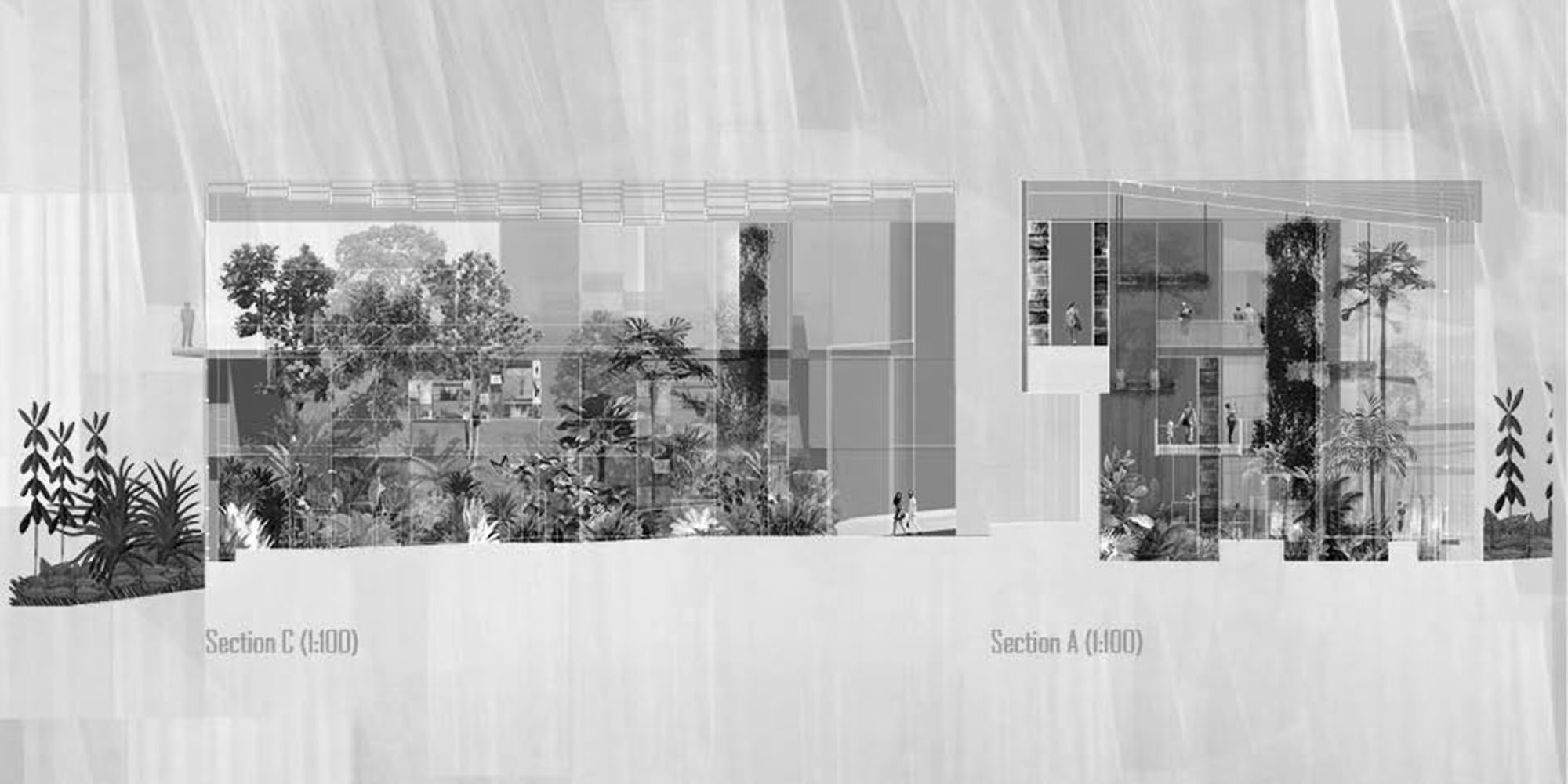

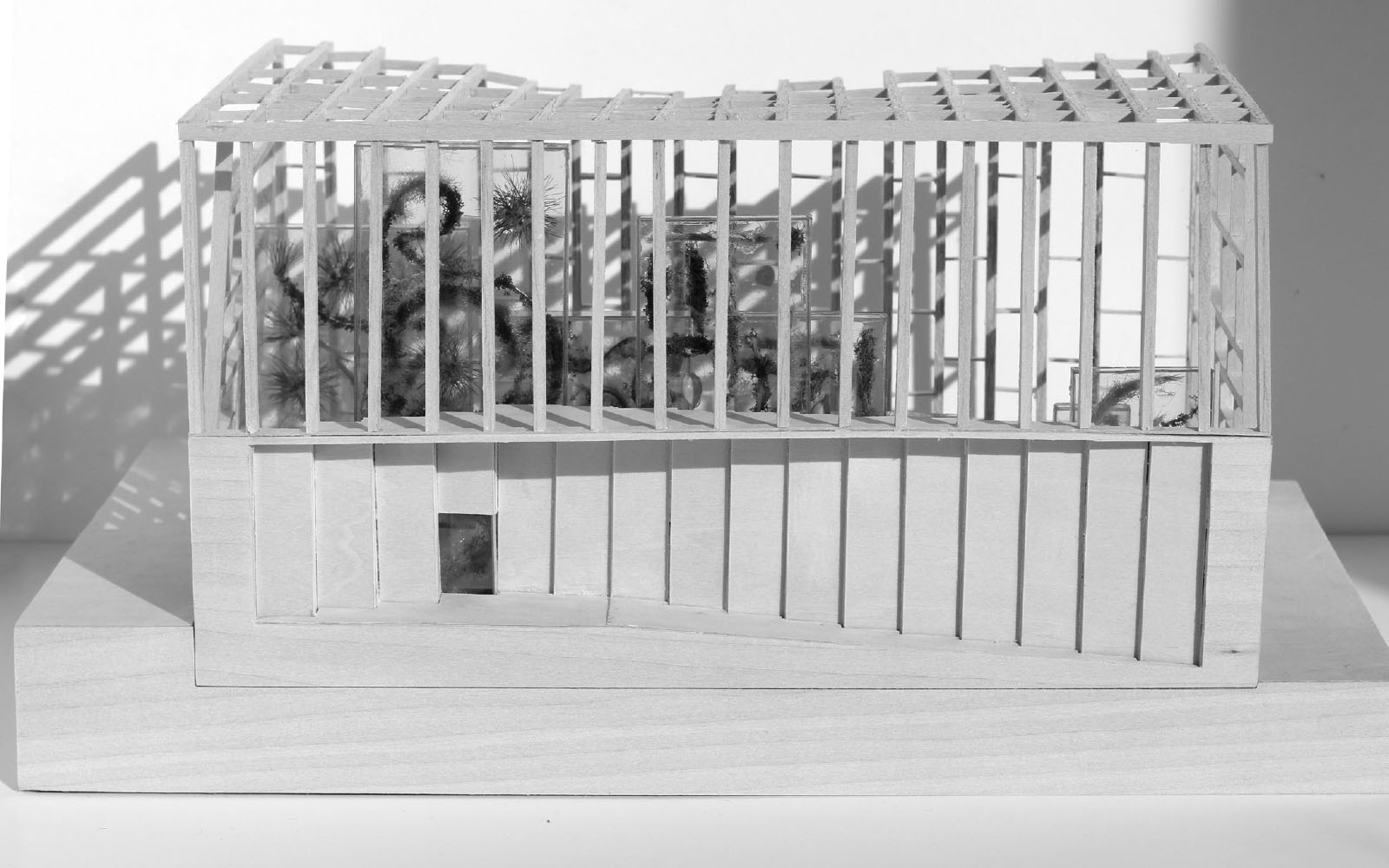
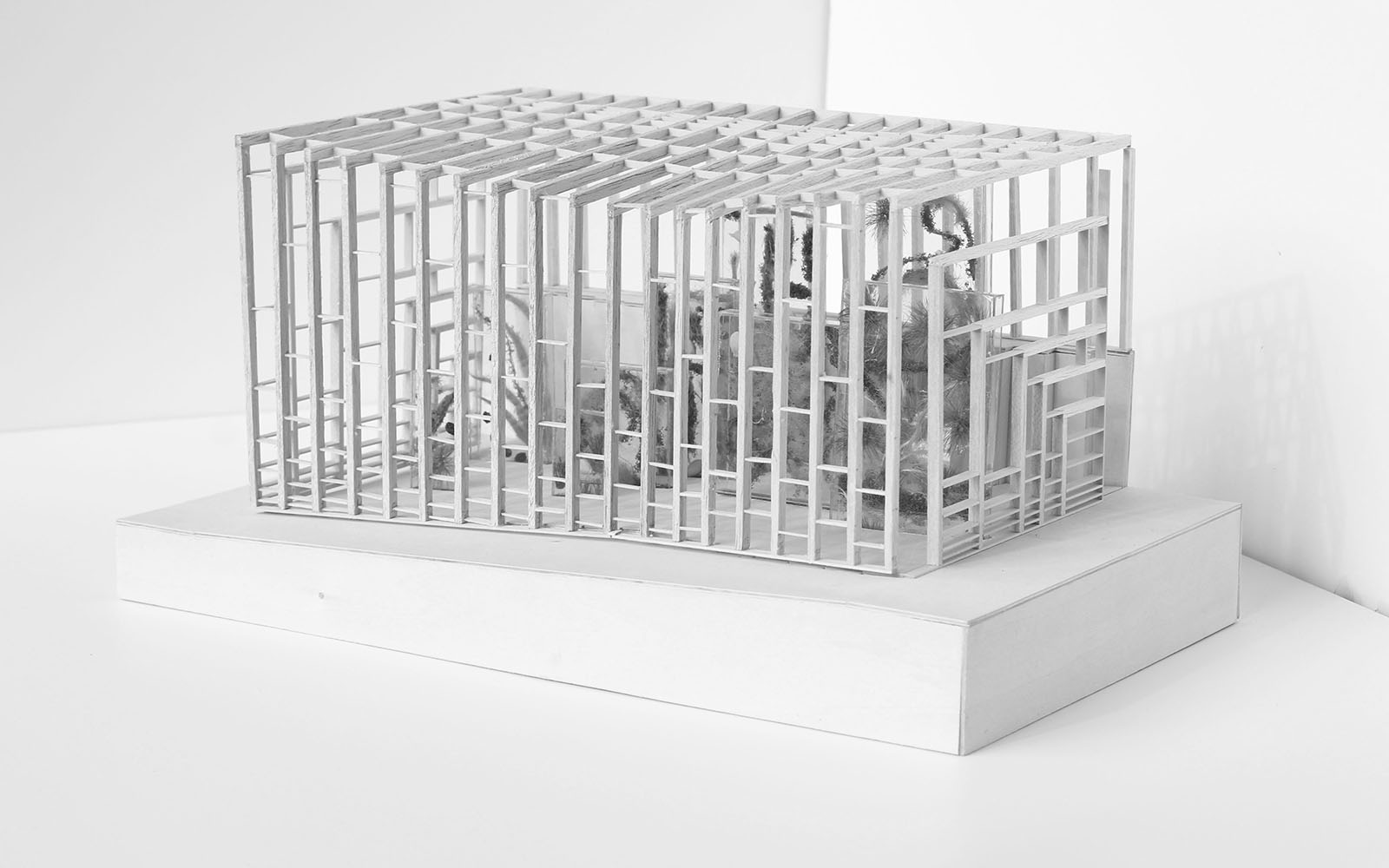
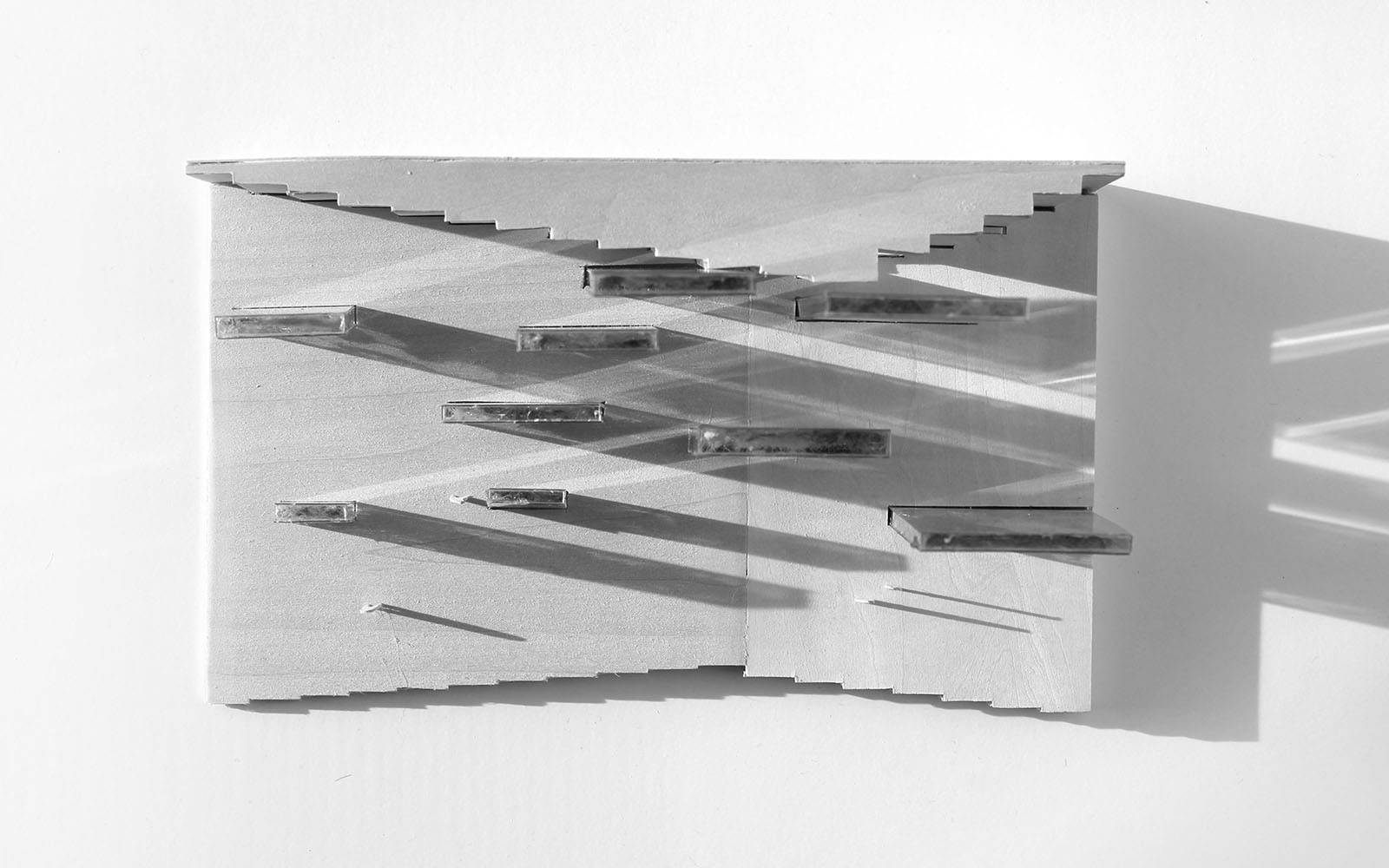
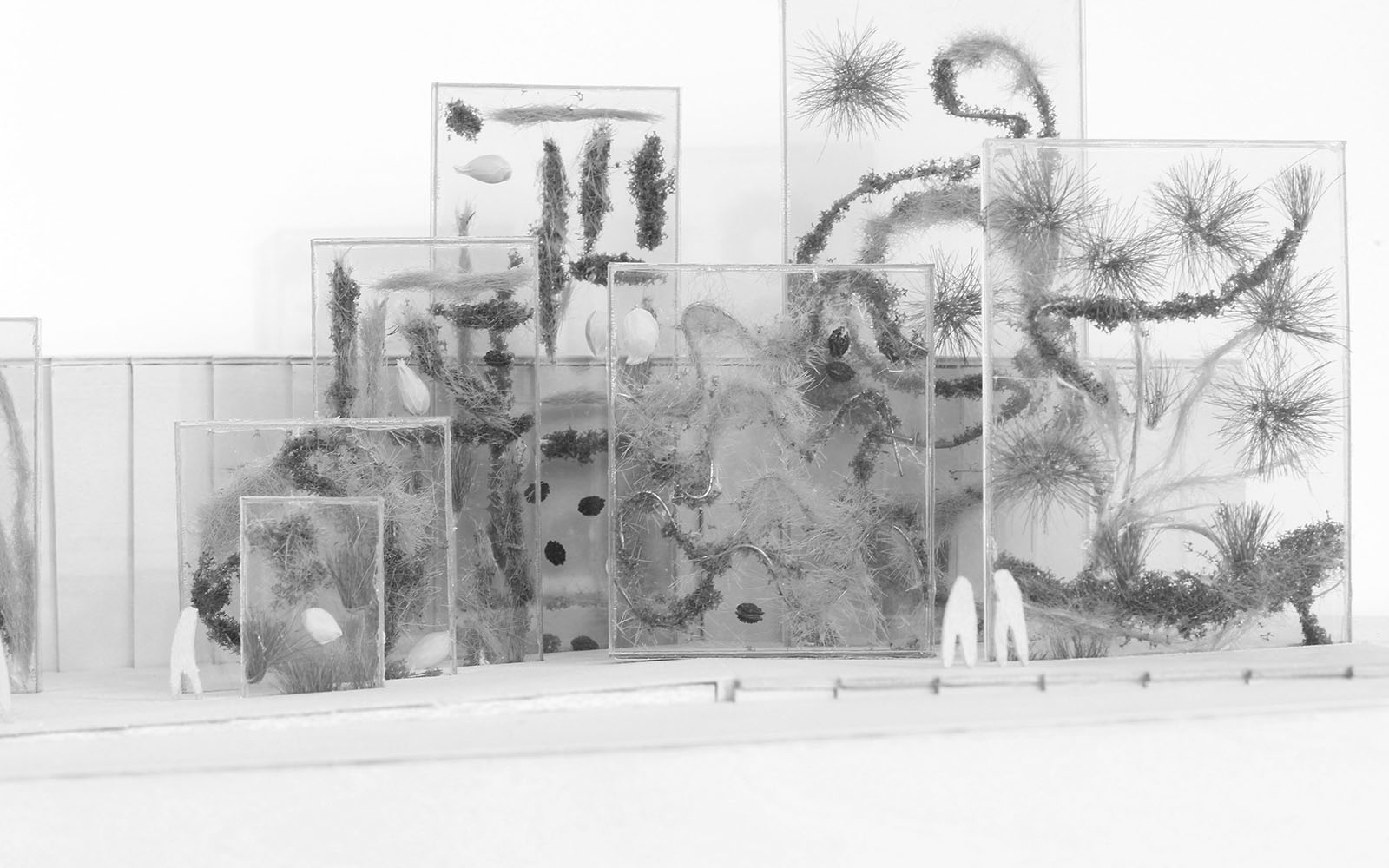
> BUILDINGS > STRATEGY > URBAN > RESEARCH